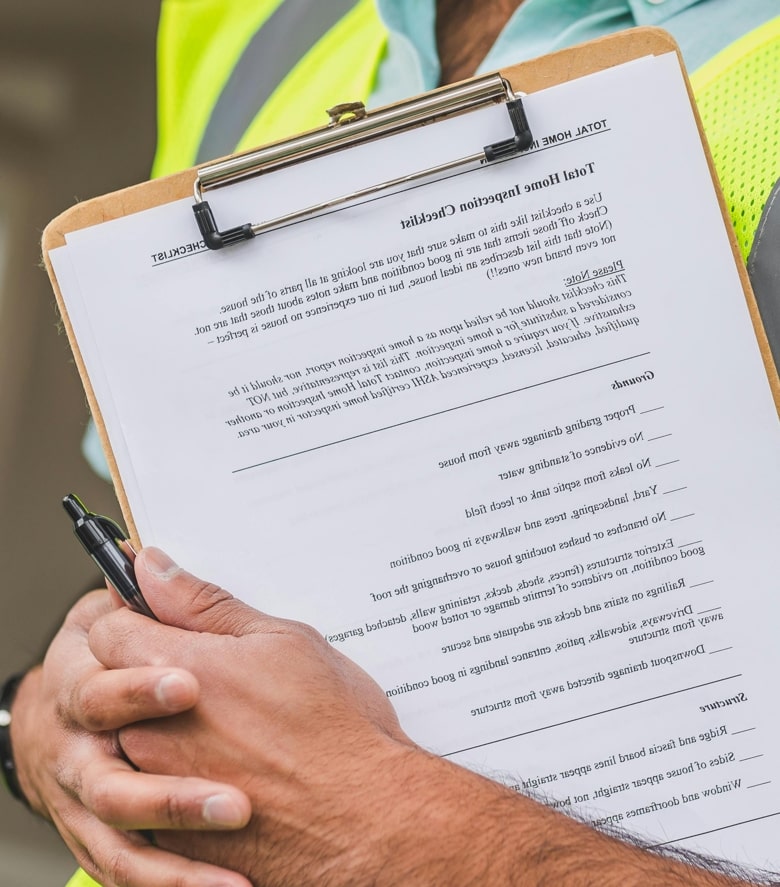When selling or buying a home, a thorough inspection is crucial to ensure the property’s condition meets expectations. Home inspectors play a vital role in this process, meticulously examining every nook and cranny to provide an accurate assessment. However, their job can be challenging, especially when faced with obstacles or limited access to certain areas of the house.
As a homeowner or seller, you can take several steps to facilitate the inspection process and help the inspector perform their duties more efficiently. By preparing your home and addressing potential issues beforehand, you can streamline the inspection and potentially avoid delays or complications.
Declutter and Organize Your Space
A tidy home allows the inspector to move freely and access all areas without hindrance. By decluttering and organizing your space, you create an environment conducive to a thorough inspection.
Clear Pathways and Remove Obstacles
Ensure all rooms, hallways, and outdoor areas are free from clutter and obstacles. This includes removing boxes, furniture, or other items that may block access to important areas such as electrical panels, water heaters, or HVAC systems. By providing clear pathways, you enable the inspector to navigate your home easily and efficiently.
Organize Storage Areas
Neatly arrange your storage spaces, such as closets, attics, and basements. This organization allows the inspector to assess these areas more effectively and identify any potential issues. Consider temporarily removing personal belongings to provide better visibility of walls, floors, and ceilings.
Provide Easy Access to Key Areas
 Facilitating access to crucial areas of your home can significantly expedite the inspection process. By ensuring these spaces are readily accessible, you help the inspector conduct a more comprehensive evaluation.
Facilitating access to crucial areas of your home can significantly expedite the inspection process. By ensuring these spaces are readily accessible, you help the inspector conduct a more comprehensive evaluation.
Unlock Doors and Remove Barriers
Unlock all doors, including those to rooms, closets, and outdoor structures like sheds or garages. Remove any temporary barriers or coverings that might impede access to important systems or components. This proactive approach saves time and allows the inspector to examine all areas thoroughly.
Prepare Attic and Crawl Spaces
Ensure attic and crawl space entrances are easily accessible. Clear any items blocking these access points and provide a stable ladder if necessary. If possible, consider installing permanent stairs or pull-down ladders for safer and more convenient access to these often-overlooked areas.
Maintain and Repair in Advance
Addressing minor issues and performing routine maintenance before the inspection can prevent unnecessary red flags and streamline the process.
Fix Minor Issues
Take care of small repairs such as loose doorknobs, leaky faucets, or flickering lights. These minor fixes can improve the overall impression of your home and reduce the number of minor issues the inspector needs to document.
Perform Routine Maintenance
Complete regular maintenance tasks like changing air filters, cleaning gutters, and trimming overgrown vegetation around the house. These actions demonstrate proper upkeep and can prevent potential problems from developing or worsening.
Check Your Roof Singles
For those concerned about the condition of the shingles on your roof, you may want to get up there and take a look around to see if there’s anything you can repair on your own. If you’re handy, then make any repairs before the inspector comes, just to make his job a little easier.
There are a few things you should know before inspecting your shingles but with proper preparation and a few minor repairs, you can ensure a smoother inspection experience for all parties involved.
Compile Relevant Documentation
Having important documents readily available can assist the inspector in understanding your home’s history and current condition.
Gather Maintenance and Repair Records
Collect records of recent repairs, renovations, or major appliance installations. This information helps the inspector understand the home’s maintenance history and any recent improvements.
Provide Utility Bills and Permit Information
Have recent utility bills and information about any permits for work done on the home available. These documents can offer insights into the property’s energy efficiency and ensure all modifications were properly approved and completed.
Communicate Openly with the Inspector
Establishing clear communication with the home inspector can lead to a more productive and informative inspection.
Disclose Known Issues
Be upfront about any known problems or concerns with the property. This honesty allows the inspector to pay special attention to these areas and provide more accurate recommendations.
Ask Questions and Seek Clarification
Don’t hesitate to ask questions or seek clarification during or after the inspection. This engagement can help you better understand the inspector’s findings and any recommended actions.
Take Action for a Successful Inspection
By implementing these strategies, you can significantly improve the home inspection process and make the process much quicker. Your efforts will not only make the inspector’s job easier but also contribute to a more thorough and efficient evaluation of your property.
A well-prepared home inspection can lead to smoother transactions and peace of mind for both buyers and sellers so take the time to prepare your home properly, so you can be rewarded with a more comprehensive and valuable report.






Comments are closed.